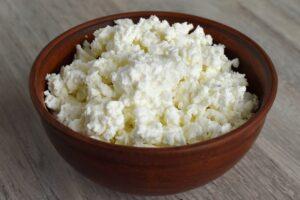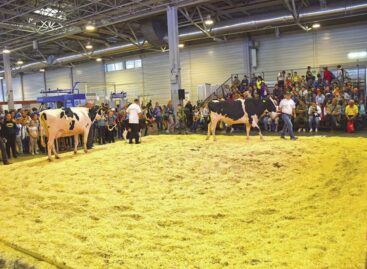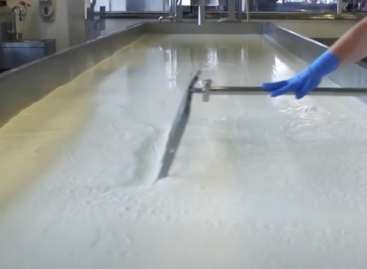Our daily curds
Cottage cheese is a real good friend. We can bake scones from it, fill cakes with it, and even spice up a plain dough. But if we don’t have any extra ideas, it’s also delicious drizzled with a little fruit and honey. Especially if we use the KMÉ trademarked version! There are chunky, semi-fat, and lean ones.

(Photo: Pixabay)
You can find different types of cottage cheese on store shelves, even though the basics are the same everywhere. Take a good liter of milk, let it cool down, heat it up and pour it out! Cottage cheese, that is, fresh cheese, was already found in the kitchens of the Greeks and Romans, which later conquered the whole of Central Europe and even the world. In Anglo-Saxon areas, cottage cheese is listed as cottage cheese. This term is a good indication of how little separates the curd from the fresh cheese. Cottage cheese is actually a cottage cheese with a creamy dressing.
Then let’s see the pride of every Hungarian kitchen, the lumpy cottage cheese!
They don’t make it anywhere else except the Carpathian Basin. Loose lumps, pleasantly sour, aromatic smell, fresh and juicy. Thanks to its traditional production, Rögös turó received prestigious international recognition in 2019: it was registered in the European Union and thus earned the title of traditional special product. And it has already received a KMÉ trademark.
Most of the store shelves are marked with low-fat and semi-fat cottage cheese
According to the Hungarian Food Book, the fat content of semi-fat cottage cheese in the dry matter is a minimum of 25%, a maximum of 45%, while in the case of low-fat cottage cheese this number is less than 10%. But there is 100% high quality. It is made from lumps of sheep’s curd, so real cheese. In the past, the ball was crushed and salted and pressed in wooden barrels. Sheep’s curd is therefore the sharp opposite of fresh cow’s curd: it is originally a type of cheese stored for the winter.
KMÉ
Related news
The Ministry of Agriculture supports the preservation of short supply chains with several measures
🎧 Hallgasd a cikket: Lejátszás Szünet Folytatás Leállítás Nyelv: Auto…
Read more >Nébih at OMÉK: knowledge, fun and tasting
🎧 Hallgasd a cikket: Lejátszás Szünet Folytatás Leállítás Nyelv: Auto…
Read more >Cottage cheese is back: the American dairy industry is booming again
🎧 Hallgasd a cikket: Lejátszás Szünet Folytatás Leállítás Nyelv: Auto…
Read more >Related news
Fidelity Kitekintés 2026: Ne becsüljük alá az inflációt!
🎧 Hallgasd a cikket: Lejátszás Szünet Folytatás Leállítás Nyelv: Auto…
Read more >Company Trend 2025 – domestic businesses under strong pressure, in a negative trend
🎧 Hallgasd a cikket: Lejátszás Szünet Folytatás Leállítás Nyelv: Auto…
Read more >Surprising ordering statistics: foodora sampled the ordering habits of Hungarians in 2025
🎧 Hallgasd a cikket: Lejátszás Szünet Folytatás Leállítás Nyelv: Auto…
Read more >







